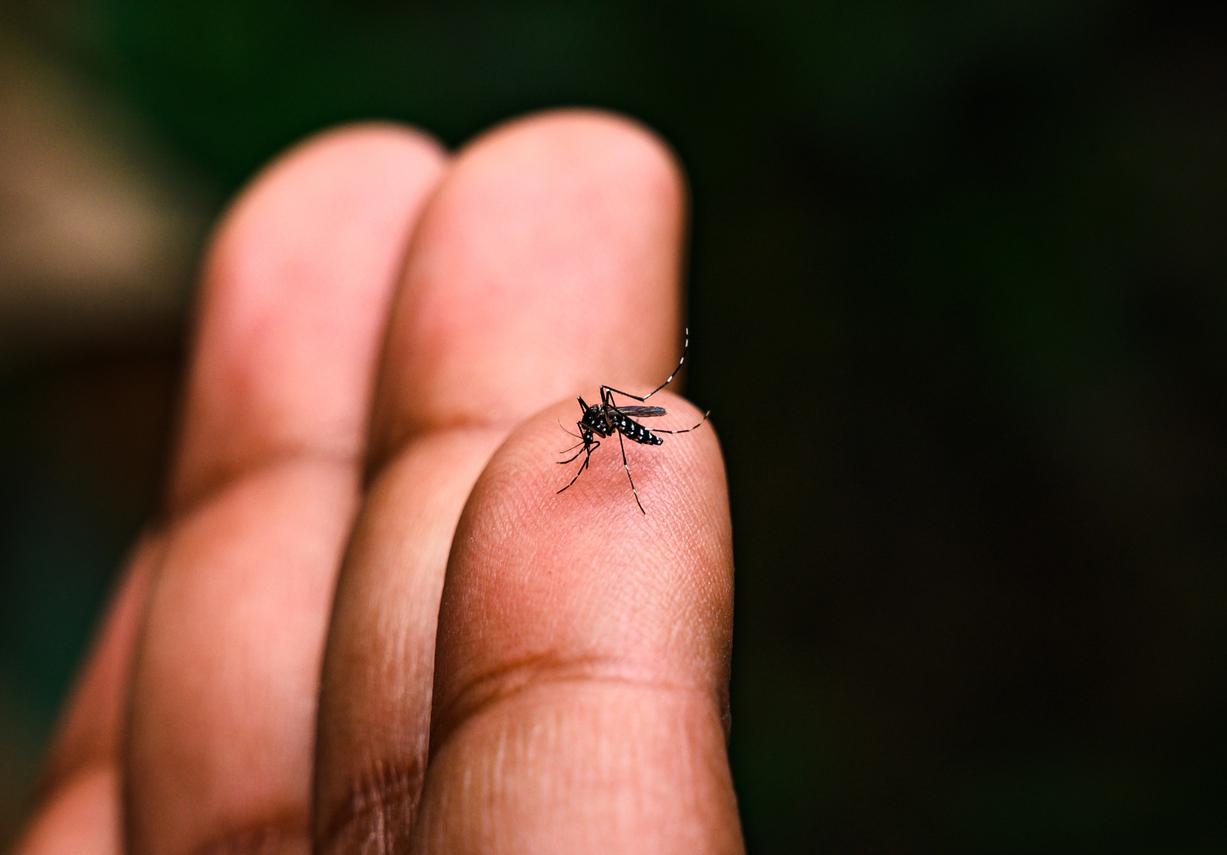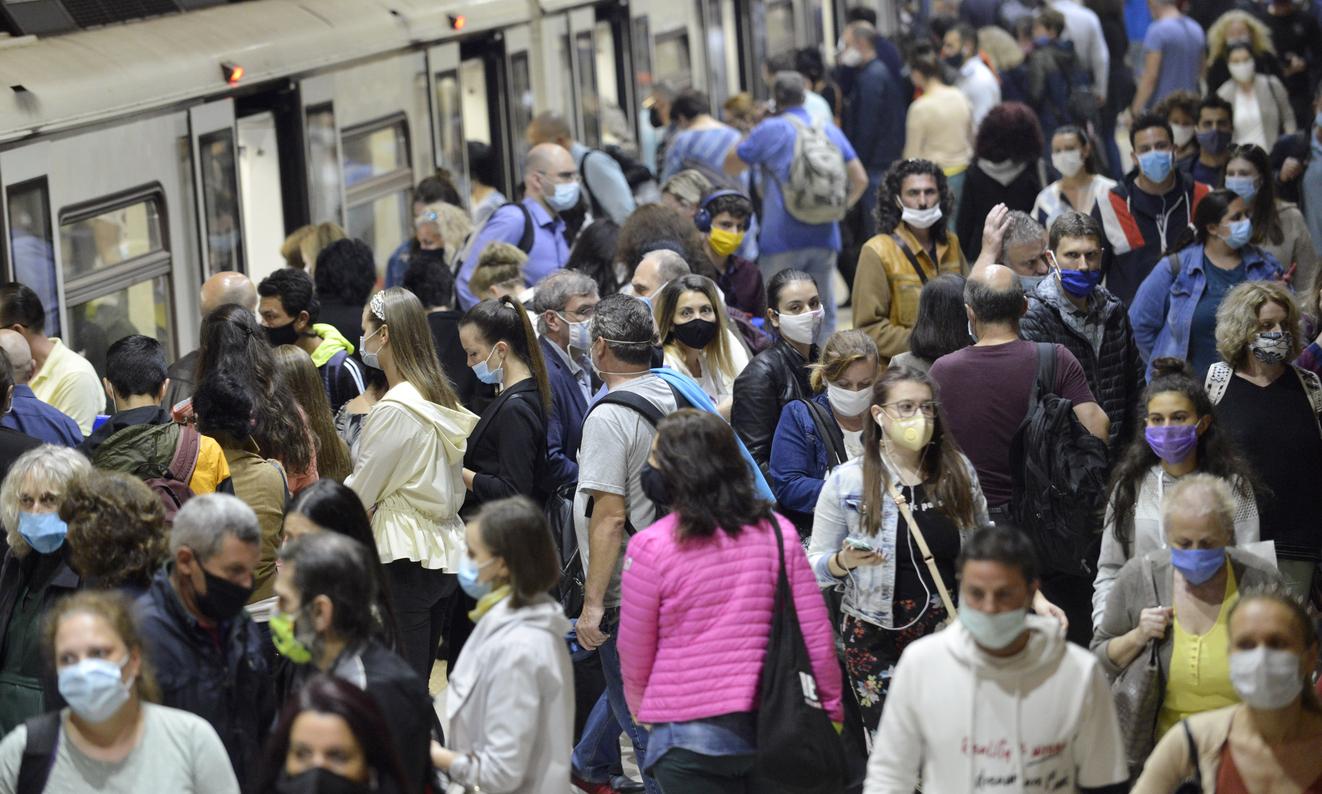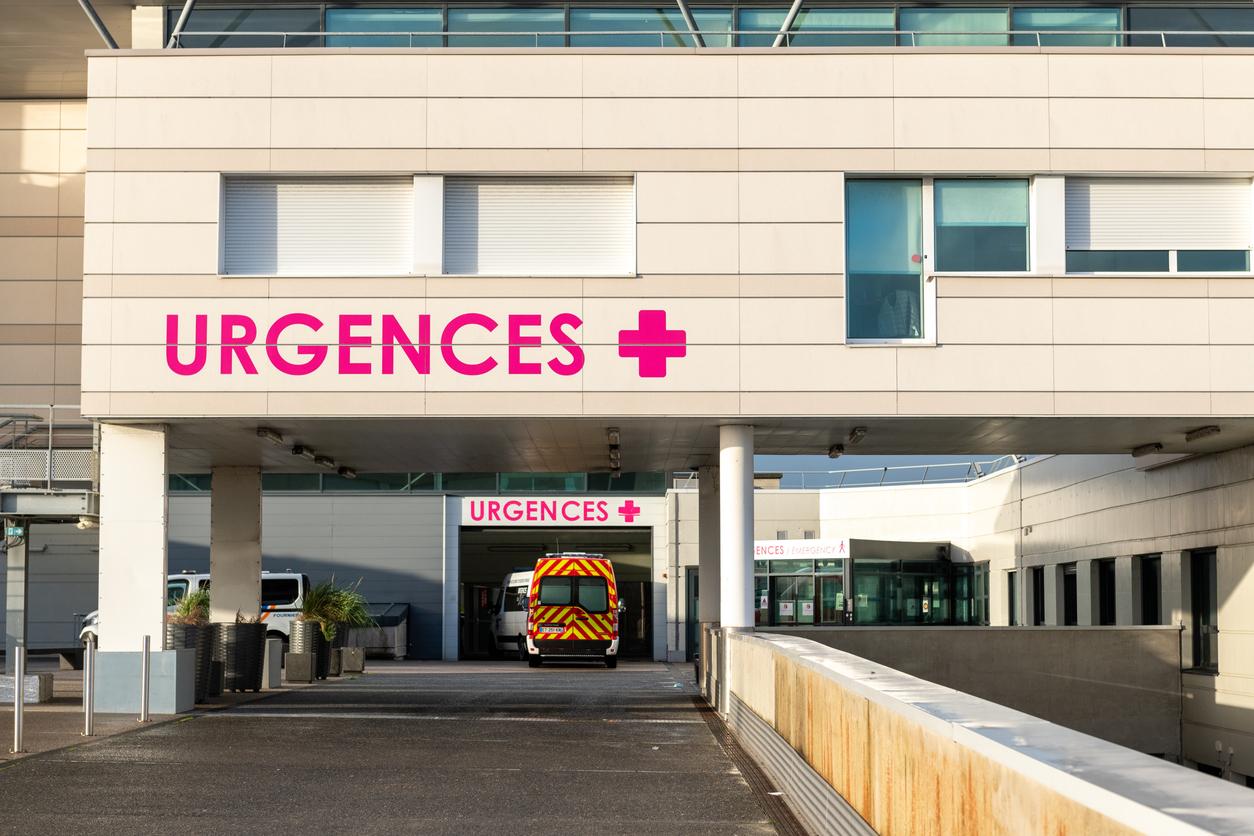In less than a week, 9 more people died from the plague in Madagascar, despite emergency measures.

On October 5, the World Health Organization (WHO) announced the delivery of 1.2 million doses of antibiotics to Madagascar, intended to treat patients and people at risk. The plague had then killed 33 people.
On October 8, the Malagasy Ministry of Health announced a new assessment. The epidemic is growing: 42 people have now died of pulmonary plague. In the capital, Antananarivo, 142 people were infected, and 16 died.
Two closed universities
The epidemic outbreak is therefore not slowing down, despite the measures taken by the government. On September 30, during a televised address, Prime Minister Olivier Mahafaly Solonandrasana announced the suspension, in the capital, of “all meetings or demonstrations”.
The authorities also ordered the closure of two universities in Antananarivo, and Toamasina, in the east of the island. The buildings, located in two particularly affected regions, will be disinfected, and should reopen during the week.
The accused famadihana
Funeral rites are also a problem. Traditionally, the Malagasy bury their dead in family vaults. The families of plague victims therefore insist on recovering their bodies, refusing that they be buried in mass graves. Faced with the refusal of the health authorities, some go so far as to exhume them illegally.
These bodies also represent a longer-term risk. A Malagasy rite, the famadihana, consists of exhuming the dead during a ceremony that brings together the family of the deceased, several months or years after their death. The body is wrapped in a new shroud, and is handled.
However, the bacteria continue to live in the tomb, estimate the Malagasy doctors, who warn against the risk of contamination during these ceremonies. They recommend that sick people be buried in sealed tombs. Two children have already been diagnosed with pulmonary plague after attending famadihanas.
.















